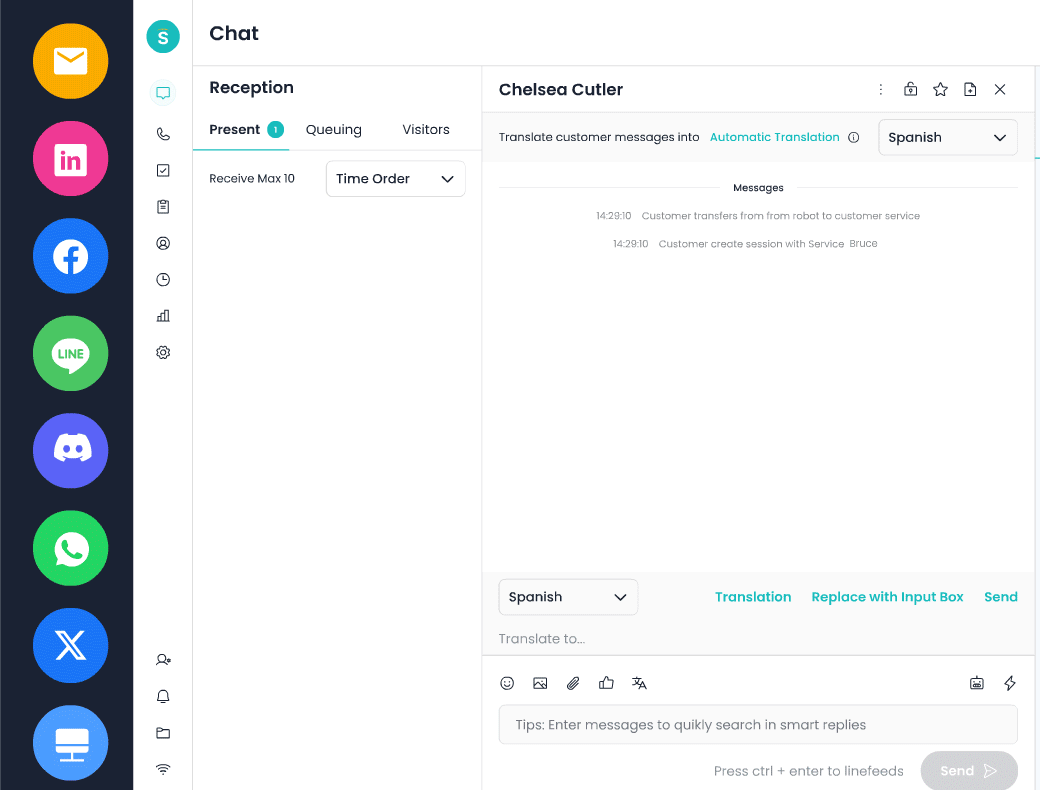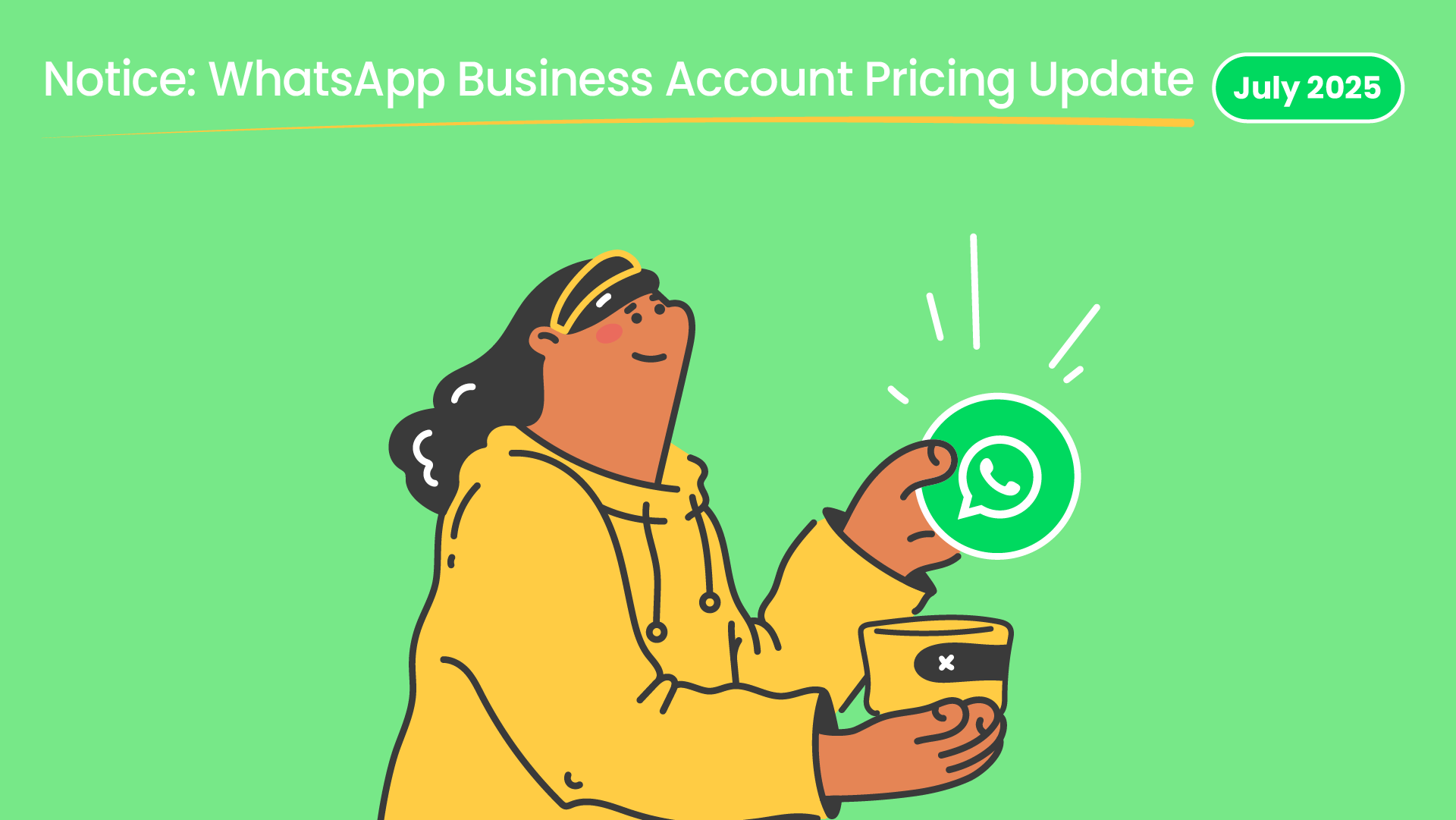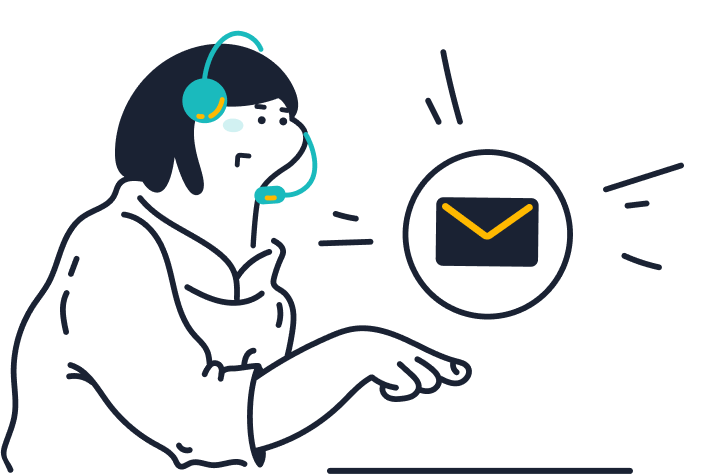Today’s customers demand prompt and efficient responses to their queries. When more conventional means of communication, such as emails and phone conversations, fail, live chat software becomes critical. Live chat provides a convenient method for customers to communicate with businesses without the need to wait.
NICE’s 2022 Digital-First CX Report states that 53% of customers would rather communicate with businesses via chat than through other digital channels. However, it’s surprising to see that just 31% of companies realized this trend and started using this popular feature.
Evaluating live chat performance is very important for businesses aiming to provide exceptional customer service and optimize operational efficiency. By analyzing the critical metrics, i.e., first response time (FRT), first contact resolution (FCR), customer satisfaction (CSAT), conversion rate, and agent productivity, businesses can have valuable insights into the efficiency of their live chat performance. This article analyses the major elements of live chat performance, delivering a strategic mechanism to evaluate success, highlight opportunities for improvements, and enhance the customer experience.
Key Metrics for Live Chat Quality and Productivity
Live chat metrics are indicators that provide a measured assessment of the effectiveness and efficiency of live chat functions, as well as the performance of the team. The live chat KPIs and metrics cover various dimensions of customer support, including agent productivity, communication quality, and customer satisfaction. Continuous evaluation of these factors provides valuable insights into areas that require improvement, allowing businesses to execute effective strategies and achieve the highest standards for live chat, thereby transforming the customer experience.
1. First Response Time (FRT)
FRT in live chat measures the duration of a team’s response time after a customer’s inquiry or request. A swift first reply informs customers that their concern is acknowledged and addressed, fostering trust and confidence.
A brief FRT establishes a tone for pleasant interaction. Delays, conversely, may induce annoyance and prompt customers to terminate the conversation or move to other channels.
Optimal support teams strive for a first response time (FRT) of under 60 seconds for live chat and less than 24 hours for email correspondence. Customers often expect a reaction on social media within 30 minutes. During peak periods, achieving these objectives could require optimal automation and restructuring of the workforce to maintain pace.
Best Practices
- Keep the first response time under 60 seconds. If it gets any longer, the customer might lose interest.
- Employ automated greetings to promptly acknowledge customers and get time for a tailored follow-up.
- Ensure that the appropriate agent is assigned to the conversation from the start by implementing intelligent routing.
- To avoid delays, monitor workforce strength during peak hours.
2. First-Contact Resolution (FCR) Rate
In live chat, the First Contact Resolution (FCR) metric quantifies the percentage of customer inquiries that are resolved during the initial interaction between the contact center and the customer. It is an excellent indicator of the level of consumer satisfaction. After all, if a consumer has to contact customer support more frequently to resolve a problem, they are more likely to become irritated with each encounter. The industry standard for a satisfactory FCR rate is 70-75%, which indicates that 25-30% of your consumer interactions can be classified as repeated contacts.
To determine a contact center’s FCR, divide the total number of received interactions by the number of issues resolved in a single interaction (e.g., email, phone call, conversation).
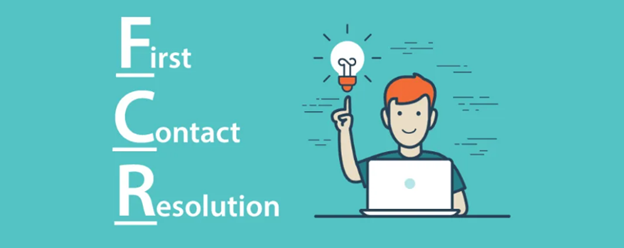
FCR = (Total number of issues resolved on first contact ÷ Total number of interactions) x 100
Best Practices
Getting better at FCR starts with having the right plans, tools, and attitude as a team. Here are some best practices that will help contact centers consistently fix problems on the first try:
- Improve cross-functional collaboration, which allows seamless communication between agents and other teams (such as tech support or invoicing) in real time when a case requires additional information.
- Employ CRM and chat history tools. Provide agents with context from earlier conversations so that customers can avoid reiterating themselves.
- Teaching agents to thoroughly comprehend the problem before leaping to solutions reduces misunderstandings and repeat contacts.
- AI tools can provide real-time chat scripting guidance and Next-Best-Action recommendations.
- Proactively address and mitigate common reasons for follow-up contacts, such as billing issues, incomplete instructions, or shipping delays.
- Clearly define the escalation processes. Make sure agents know when to escalate issues so that they can ensure smooth handoffs and avoid unnecessary correspondence.
3. Customer Satisfaction (CSAT)
Customer satisfaction (CSAT) is the most important metric for evaluating the impact of live chat in customer service. It is a benchmark that quantifies the extent to which a customer is satisfied with the customer service. Did it take long? How helpful was the company’s customer service agent? Keeping customers happy is no longer a luxury for organizations; it is essential, as bad customer service is projected to cost $75 billion annually.
In order to calculate a CSAT score, a company has to conduct several surveys to evaluate customer satisfaction. A customer’s level of satisfaction with a company may be expressed on a scale from 0 to 10, or any other numerical value. After that, it’s converted to a percentage, where various scores (like 55% or 100%) represent varying levels of customer satisfaction. According to Retently, the average customer satisfaction index (CSAT) score for online retailers is 75.
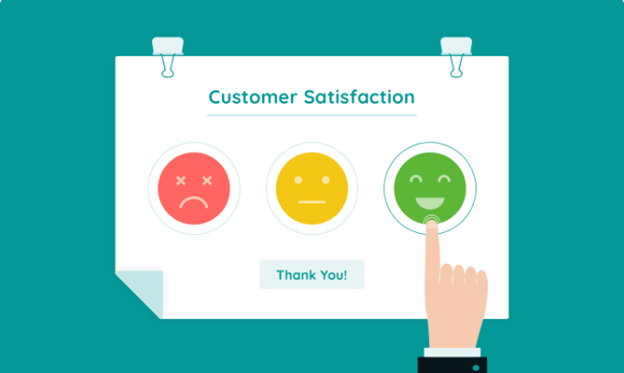
Best Practices
- To create memorable and good customer interactions, agents need training, onboarding, and frictionless contact center software.
- Despite time-saving solutions, support agents require time to answer queries, confer with their team, and obtain contextual information. Clarify wait times and employ AI agents to intervene quickly to minimize discomfort. This may also calm frustrated customers and improve the experience.
4. Conversion Rate
In online retail, the “ecommerce conversion rate” measures the number of people who visit an online store and eventually buy anything at all.
Converting website visitors into customers is essential for the success of any e-commerce business. The most recent numbers, gathered in the first quarter of 2022 by Kibo Commerce, reveal that the average e-commerce conversion rate in the United States is 2.3%. Conversion rates differ depending on the device being used (2% for smartphones, 3% for tablets, and 3% for desktops).
The potential of live chat to provide immediate, tailored support has a direct influence on the customer experience. Its ability to promptly respond to inquiries lessens friction at critical decision-making moments. Research shows that 45 percent of American adults would not complete an online purchase if they were unable to get prompt responses to their inquiries. This issue is resolved via the use of live chat, which links visitors to agents who can provide instant clarification, often resulting in sales completion.

Best Practices
- A proactive approach in customer service is to try to solve problems before they occur. In live chat, this means contacting customers first, greeting them, and offering help or assistance.
- Use conversation nudges. Nudges show up automatically as webpage pop-ups. The business provides customers with a pleasant reminder that chat support is available and encourages them to initiate a conversation.
- Use live chat to enable agents to personalize interactions for each customer. 91% of consumers are more inclined to purchase from companies that provide tailored offers. Consider the complete customer-brand relationship, make use of any data, including their name, preferences, past purchases, and any feedback they have provided.
- Respond to customers quickly. This is critical since 78% of customers purchase from the seller that replies to their inquiry first.
5. Agent Productivity
Agent productivity in live chat refers to how efficiently agents handle customer interactions through real-time, text-based communication channels. The more “productive” an agent is, the more customer chats or other communications they might complete during their working hours. Typically, an agent can handle 3-6 concurrent chats; this can go up to 8-10 chats (but quality may drop). An agent’s per-hour throughput can be around 10-30 chats (depending on resolution time).
Agent productivity, however, is ideally more complex and customer-centric. If an agent requires more time to achieve contact resolution, and the customer is still pleased to give a better rating in customer satisfaction (CSAT) and Net Promoter Score (NPS) surveys, this might be considered productive.
It may be challenging to strike a balance between meeting customer expectations and promptly resolving customer encounters; however, agent productivity can be increased over time with the correct measuring tools and an adaptable strategy.
Best Practices
- Agents should be supporting other customer care channels while monitoring incoming chats.
- Guide them through the process of navigating between the tools on CRM. Agents who are capable of chatting with multiple customers simultaneously can resolve a greater number of issues in a shorter amount of time.
- Train representatives to keep a chat window open while doing research—they may access both internal and publicly available assistance material resources.
Live Chat in E-commerce Customer Service
Use Cases
Pre-sales Support: Live Chat allows product inquiries, sizing guidelines, and tailored recommendations for a better customer experience. It supports real-time answers, allowing buyers to make better decisions, as 79 % of customers prefer live chat for its immediacy.
Post-sales Support: With live chat, businesses can streamline returns, refunds, and order tracing. It offers rapid resolution of queries, hence less customer frustration, as 63% of customers are more likely to return to e-commerce stores with live chat support.
Cart Abandonment Recovery: Proactive live chat engages frustrated customers and addresses issues like shipment charges. Live chat can recover 10-20% of abandoned carts.
Impact on E-commerce
Boost Conversions: Live chat addresses real-time customer queries, like product specifications, prices, or shipping information, enabling a 10-20% increase in conversion rates. By handling hesitant customers instantly, it reduces cart abandonment, hence increasing sales, which positively impacts revenue.
Enhances Loyalty: Personalized interactions through live chat create a significant customer experience, enhancing customer loyalty. Customers value rapid, customized support, with 86% wanting to pay more for extraordinary service. This allows retention and develops long-term customer relationships.
Reduces Response Time: Live streamlines workflows, dramatically reducing response times as compared to phone or email support. This efficiency lessens support overhead by 20-30%, reducing operational cost while keeping a higher customer experience.
Standards for an Excellent E-commerce Live Chat
The live chat standards are a collection of best practices that agents should adhere to. It facilitates the professional resolution of problems and preserves the interaction’s pleasant tone. Following chat guidelines improves customer happiness and may play a significant role in the entire customer experience the business provides.
Responsiveness
Automated Response: Respond instantly with automated replies within 5 seconds to acknowledge users, ensuring immediate engagement.
Human Agent Response: Maintain a human response time of under 60 seconds to deliver rapid customer support, thereby enhancing the customer experience.
Personalization
Live chat personalization improves customer experience by using data such as purchase history to provide tailored responses. By analyzing past behaviors, agents provide relevant suggestions, improving the experience. Predictive analytics allows further improvement by anticipating customer needs, providing timely upsell offers that align with customer preferences. This way, businesses can improve satisfaction and increase conversions while developing customer loyalty through personalized interaction.
Omni-channel Integration
With omni-channel integration, live chat syncs seamlessly with social media, mobile apps, email, and e-commerce platforms, allowing a consistent experience across all user interactions. This integrated approach allows seamless correspondence, increases engagement, and resolves queries quickly, encouraging customer loyalty. By integrating various channels, live chat delivers customized and proficient services, complying with modern standards for user interaction and comfort in customer service.
Scalability
Live chat allows immediate customer support, assuring a smooth communication process. Live chat’s scalability allows 10x traffic without any decrease in performance, helping 24/7 seamless operations.
Compliance and Security
Live chat enables secure, real-time customer support with GDPR-compliant data handling and end-to-end encryption. It keeps sensitive information secure, builds trust, and adheres to regulatory standards. Agents can communicate with customers confidently, ensuring their data is secure, while providing smooth, rapid communication to increase customer experience.
Recommendations to Improve Live Chat Performance
Live chat is one of the most effective techniques for enhancing the customer experience, developing trust, and increasing conversions. By using these live chat recommended practices, businesses can provide quicker, more customized service while also transforming chats into potential for growth.
Here’s a curated list of a few renowned e-commerce live chat solutions to help businesses increase online user interactions and enhance customer experiences.
Sobot
Sobot Live Chat is one of the most effective live chat platforms for e-commerce. It’s intended to consolidate all of your consumer interactions into one, unified, AI-enhanced workspace, thereby making it more feasible for your team to provide outstanding service.
The platform also includes personalized widgets, auto-translation, and feedback surveys, ensuring that your business provides a personalized experience. With a free trial offered, Sobot Live Chat is ideal for companies trying to increase client interaction without breaking the bank.
1. Omnichannel and Integration
Sobot Live Chat’s omnichannel support enables you to communicate with people via websites, applications, and social media platforms such as WhatsApp, Instagram, and Telegram. Its AI-powered tools enable agents to answer quickly and more precisely, while built-in analytics give insights to improve business processes.
Sobot’s robust integration capabilities allow the live chat platform to access real-time information, such as client purchases and subscription levels. Additionally, agents can update customer statuses and re-label inquiries directly within the system, thereby ensuring that all data is under internal software. This integration boosts collaboration among teams and enables quicker resolutions.
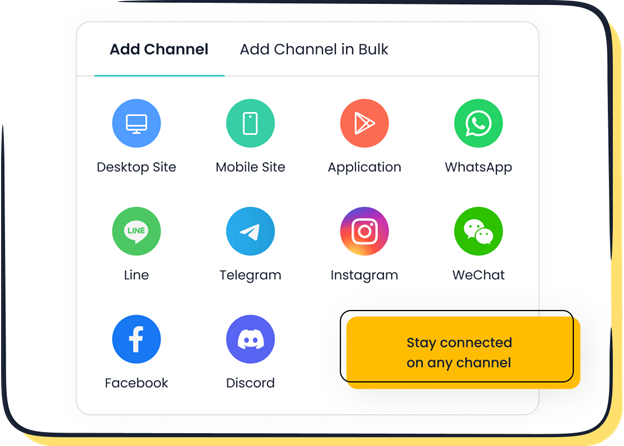
2. Scalability
Sobot Live Chat is designed for scalability. Proactive chat invitations reduce the amount of new chats by 20%, freeing up the team’s time to concentrate on important tasks. Its AI-powered solutions optimize operations, allowing agents to handle more requests effectively. Furthermore, with capabilities like intelligent assignment and built-in analytics, businesses can improve their operations as they expand.
3. Analytics
Data analytics are critical for analyzing consumer behavior and enhancing service quality. Sobot’s corporate live chat software generates customized data reports with numerous parameters. These insights help firms to make intelligent decisions that foster development and refinement in their service operations. Businesses can more effectively detect trends, client preferences, and areas for improvement, resulting in a more effective overall service model.
Zendesk
Zendesk Chat provides a comprehensive portfolio of services for companies looking for a single customer support solution. It has features like queue management, chat activity monitoring, and customer satisfaction tracking. These tools offer valuable insights into the performance of agents and their interactions with customers.
Although Zendesk Chat has many features, agents may need more training due to its complexity. Businesses seeking a fundamental solution might discover that simpler solutions are more suited.
Intercom
Intercom sets itself apart by prioritizing client interaction. It provides advanced capabilities like automation and tailored messaging that improve audience engagement for enterprises. These solutions increase engagement rates and conversions by enabling businesses to deliver tailored messages depending on consumer behavior.
When it comes to maximizing interaction with customers, Intercom sets itself apart from the competition. For example, LiveChat is renowned for providing real-time assistance, whereas Intercom excels at fostering lasting relationships. Its automation tools save time by managing repetitive processes, freeing up your staff to concentrate on more complicated tasks. Both tools offer reporting tools to monitor consumer interactions, which can assist in the development of more effective strategies.
For businesses seeking a solution that strikes a balance between efficiency and engagement, Sobot Live Chat is a good option. Its omnichannel assistance and AI-powered technologies ensure prompt, customized responses. Furthermore, Sobot’s integrated analytics assist businesses in tracking performance and discovering areas that need improvement. By selecting a tool such as Sobot, you can increase customer satisfaction and foster business development.
Implementing an E-commerce Live Chat Tool: Best Practices to Follow
The customer experience may be greatly improved by using an e-commerce live chat platform, but in order to fully use it, a few best practices must be adhered to:
Determining Which Platform is Best: The first step is to choose a live chat service that works well with an e-commerce platform and any other marketing or customer relationship management tools the business may be utilizing.
Where to Put It on the Page: The chat icon should be placed in a prominent yet subtle spot, usually in the lower right corner of the interface.
Make Availability Clear: If your live chat support isn’t available 24/7, be sure to let customers know when it is likely to be available.
Rapid Response Times: Strive to provide the initial reply within 30 seconds to one minute. Increased wait periods might deter consumers.
Get your agents ready: Make sure they are well-versed in the product, have the ability to solve problems, and are trained on how to use the chat feature effectively.
Personalized service: Use the customer’s name whenever feasible. Refer to prior interactions to customize the conversation with the customer.
Bots for Simple Inquiries: Use AI-powered chatbots to answer frequently asked queries; this will free up agents to deal with more complex problems.
Escalation Process: Having a clear mechanism for escalating complicated queries, such as transferring users to a senior agent or setting up a callback.
Privacy: Encrypt all chat communications and data to comply with data protection standards.
Offline Messages: Allow customers to leave messages while the business is offline so the business can respond to them when back online.
Wrapping Up
In the realm of e-commerce, the significance of prompt and efficient communication is immeasurable. As it allows real-time communication between online merchants and customers, live chat is an essential tool for e-commerce companies. In addition to fostering loyalty and driving conversions, businesses can also improve customer satisfaction by selecting the appropriate platform and refining its features by training agents proficiently. Embracing live conversation is an essential tool for online retailers to maintain a competitive edge.
The use of live chat technologies has revolutionized e-commerce. They provide immediate communication with clients, expedite issue resolution, and increase revenue. Live chat produces a smooth experience that encourages repeat business, whether it’s assisting clients with checkout or responding to their inquiries. Sobot Live Chat is an ideal choice for enterprises of all sizes due to its potent features.
Take advantage of free trials to discover the best option for business requirements. Sobot Live Chat is an excellent solution due to its omnichannel support and AI-powered features. Check out the free trial now to see how it can revolutionize your customer experience.
